The striped hyena is smaller than the spotted hyena. They have the same front-heavy, sloping appearance, but they are distinguished by their pointed ears, striped coat, and thick, erectile mane down the spine.
Striped hyenas are solitary scavengers that live in open bush, generally in semi-arid and rocky terrain, and wander far in search of carcasses, occasionally consuming insects and wild fruits. This species, like other hyenas, marks its territory with smelly ‘pastings’ from the anal gland.
Typically, the den is an abandoned tunnel, cave, or fissure. The female gives birth to two to four pups, which she feed for more than a year. Striped hyenas guard their kills from other predators and may forage cooperatively with wolves elsewhere in the world.
Enter the enigmatic world of the Striped Hyena (Hyaena hyaena), a captivating and lesser-known species that roams the diverse landscapes of Africa, the Middle East, and Asia.
Striped Hyena: Species Profile
COMMON NAME: Striped Hyena
SWAHILI NAME: Fisi Milia
SCIENTIFIC NAME: Hyaena hyaena
TYPE: Mammal
FOOD: Striped hyenas are scavengers and opportunistic hunters. They have a varied diet that includes carrion, small to medium-sized mammals, birds, reptiles, and insects. They are known to consume the bones and hooves of their prey as well.
HABITAT: Striped hyenas inhabit a wide range of habitats, including savannas, grasslands, scrublands, and semi-deserts. They can be found in parts of Africa, the Middle East, and the Indian subcontinent.
SIZE: Striped hyenas have a body length of about 95 to 130 centimeters (37 to 51 inches) and a shoulder height of around 60 to 80 centimeters (24 to 31 inches). They have a robust build with long front legs and a sloping back.
AVERAGE LIFE SPAN IN THE NATURAL HABITAT: In the wild, striped hyenas have an average lifespan of around 12 to 15 years. However, they can live up to 25 years in captivity.
ACTIVE: Striped hyenas are primarily nocturnal animals, meaning they are most active during the night. They have keen senses of hearing and smell, which help them locate prey and carrion.
GESTATION PERIOD: The gestation period for striped hyenas is approximately 90 to 95 days. Females give birth to litters of 1 to 5 cubs, which are born in dens.
WEIGHT: Striped hyenas weigh between 22 and 55 kilograms (49 to 121 pounds), with males being slightly larger than females. They have a distinctive striped coat, with alternating dark and light bands running horizontally across their body.
SIZE COMPARISON TO A 6-FT MAN: Striped hyenas are similar in size to a 6-ft man, with a body length of about 95 to 130 centimeters (37 to 51 inches). However, their sloping back and long front legs give them a unique appearance compared to humans.
Physical Characteristics:
The striped hyena (Hyaena hyaena) is a unique and intriguing species known for its distinctive appearance. Here are some key features of the striped hyena’s appearance:
1. Size and Body Structure The striped hyena is a medium-sized carnivore, measuring about 3 to 4 feet (90 to 130 cm) in length, with a shoulder height of around 2 to 2.5 feet (60 to 75 cm). It has a sturdy build with a sloping back and powerful forequarters.
2. Coat and Coloration The striped hyena has a coarse and shaggy coat that is primarily sandy or grayish-brown in color. It is adorned with a unique pattern of vertical stripes running across its body, giving it its name. These stripes are more prominent on the upper parts of the body and gradually fade towards the lower portions.
3. Head and Facial Features The striped hyena has a large head with a pointed snout and prominent, rounded ears. Its face is marked by dark patches around the eyes and muzzle. It possesses strong jaws with powerful teeth adapted for crushing bones.
4. Tail The striped hyena has a relatively short tail, measuring about 8 to 10 inches (20 to 25 cm) in length. The tail is bushy and features a black tip.
5. Scent Glands One distinctive feature of the striped hyena’s appearance is the presence of scent glands located on its back. These glands produce a pungent secretion that the hyena uses for communication and territorial marking.
Overall, the striped hyena’s appearance is characterized by its shaggy coat, prominent vertical stripes, and unique facial features. Its distinct markings and robust build make it easily recognizable in the wild.
It’s important to note that the appearance of striped hyenas can vary slightly among individuals and populations, but the characteristics mentioned above are commonly observed across their range.
A. Striking Coat Pattern:
The Striped Hyena derives its name from the distinct dark stripes that adorn its sandy-colored fur. These stripes not only serve as camouflage in its natural habitat but also contribute to its mesmerizing appearance. Unlike its spotted counterparts, the Striped Hyena exhibits a more uniform coat pattern, making it easily distinguishable.
B. Adaptations for Survival:
Equipped with a sturdy build, the Striped Hyena has a robust frame and powerful jaws capable of crushing bones. Its well-developed senses, including keen eyesight and acute hearing, aid in detecting prey and potential threats in its environment.
Hunting and Feeding Behavior:
The striped hyena (Hyaena hyaena) is a fascinating species known for its intriguing behaviors and social structure. Here are some key aspects of striped hyena behavior:
1. Nocturnal Lifestyle Striped hyenas are primarily nocturnal animals, meaning they are most active during the night. They have adapted to thrive in low-light conditions and have excellent night vision, allowing them to navigate and hunt effectively in darkness.
2. Solitary or Group Living Striped hyenas exhibit both solitary and group living behaviors, depending on the availability of resources and social dynamics. In some regions, they are solitary, with each individual occupying its own territory. In other areas, they form small family groups consisting of a mated pair and their offspring.
3. Territoriality Striped hyenas are territorial animals and mark their territories using scent glands located on their back. They communicate with other hyenas through vocalizations, including howls, growls, and yelps. These vocalizations serve to establish territory boundaries and maintain social bonds within the group.
4. Scavenging and Hunting While striped hyenas are often associated with scavenging, they are also capable hunters. They have strong jaws and teeth adapted for cracking bones and can consume almost the entire carcass, including hooves and hair. They feed on a variety of prey, including small to medium-sized mammals, birds, reptiles, and insects.
5. Denning and Burrowing Striped hyenas create dens in natural cavities or dig burrows for shelter. These dens provide a safe place for resting, raising offspring, and protecting themselves from extreme weather conditions and potential predators. The dens are usually located in secluded areas, such as thickets or rocky terrain.
6. Communication Striped hyenas use a range of vocalizations, body postures, and scent marking to communicate with one another. They have a unique vocalization called the “laugh,” which is a high-pitched, eerie sound that serves various purposes, including social bonding, territorial advertisement, and signaling danger.
7. Nomadic Behavior Striped hyenas are known for their nomadic behavior, often roaming extensively in search of food and suitable habitats. They can cover large distances, utilizing their keen sense of smell to locate potential food sources.
Understanding the behavior of striped hyenas contributes to our knowledge of their ecological role and helps in conservation efforts. These adaptable and resourceful animals play a vital role in maintaining the balance of ecosystems they inhabit.
A. Versatile Diet:
The Striped Hyena is an opportunist, displaying a varied diet that includes both scavenging and hunting. While it predominantly scavenges carcasses left behind by other predators, it also actively hunts small to medium-sized mammals, reptiles, birds, and even insects. This adaptability allows the Striped Hyena to survive in diverse habitats.
B. Bone-Crushing Abilities:
The Striped Hyena possesses powerful jaws and teeth designed to crush bones. This adaptation enables it to access nutrient-rich marrow, providing an advantage in environments where carcasses may be scarce, and competition for resources is high.
Social Structure:
A. Solitary Nomads:
Unlike some of its social counterparts, the Striped Hyena is primarily a solitary animal. It roams its territory alone, marking it with scent markings to communicate its presence and territorial boundaries to other individuals.
B. Communication and Vocalizations:
Striped Hyenas communicate through a range of vocalizations, including eerie howls, grunts, and growls. These vocal signals help maintain distance between individuals and convey territorial claims.
Habitat and Distribution:
The Striped Hyena occupies a wide range of habitats, including grasslands, deserts, and scrublands. It can be found across regions of Africa, the Middle East, and Asia, adapting to diverse environmental conditions and displaying remarkable resilience.
Conservation Status:
The Striped Hyena is currently listed as a species of “Least Concern” on the IUCN Red List. However, localized population declines have been observed due to factors such as habitat loss, poaching, and persecution. Continued conservation efforts are essential to ensure the long-term survival of this fascinating carnivore.
Conservation Efforts:
A. Habitat Protection:
Preserving suitable habitats for the Striped Hyena is crucial for its survival. Establishing protected areas, enforcing anti-poaching measures, and promoting sustainable land-use practices are vital steps in safeguarding its natural habitats.
B. Public Awareness and Education:
Raising awareness among local communities and the general public about the importance of the Striped Hyena in maintaining ecosystem balance can foster a sense of stewardship and support conservation initiatives. Educational programs, community engagement, and ecotourism can contribute to harmonious coexistence between humans and this elusive carnivore.
Hyaena hyaena
The Hyaena hyaena (Striped Hyena), with its striking appearance, adaptable diet, and solitary nature, embodies the mystique of the wild. By delving into its world, we gain insights into the intricate workings of ecosystems and the delicate balance between predator and prey. Let us embrace the beauty and significance of the Striped Hyena, and work collectively to protect its habitats, ensuring a future where this remarkable carnivore continues to roam the lands it calls home.
Striped Hyena Adaptations
Striped hyenas (Hyaena hyaena) have developed various adaptations that enable them to thrive in their habitats. Here are some notable adaptations of the striped hyena:
1. Physical Features
- Coat Pattern: The striped hyena’s distinct striped coat provides effective camouflage in its natural environment, allowing it to blend with the surrounding vegetation and rocky landscapes.
- Powerful Jaws and Teeth: Striped hyenas have strong jaws and teeth adapted for cracking bones. This adaptation enables them to access the nutrient-rich marrow inside bones, allowing them to extract as much nutrition as possible from their scavenged or hunted prey.
- Well-developed Senses: Striped hyenas have excellent night vision, enabling them to navigate and hunt in low-light conditions. They also have a keen sense of smell, which helps them locate potential food sources over long distances.
2. Efficient Digestive System Striped hyenas have a specialized digestive system that allows them to digest and extract nutrients from a wide variety of food sources, including tough skin, bones, hooves, and hair. Their digestive system has a highly acidic stomach, strong enough to break down and process these challenging food items.
3. Adapted for Scavenging Striped hyenas have adapted to scavenge for food, allowing them to take advantage of carrion and carcasses left behind by other predators. Their powerful jaws and teeth, along with a specialized digestive system, enable them to efficiently consume and process scavenged food.
4. Water Conservation Striped hyenas have adaptations to survive in arid environments with limited water availability. They can obtain most of their water requirements from the prey they consume, reducing their dependence on external water sources. This adaptation helps them survive in areas where water is scarce.
5. Social Structure Striped hyenas have developed a complex social structure that promotes cooperation within their family groups. They form small, cohesive units consisting of a mated pair and their offspring. This social structure provides advantages such as cooperative hunting, territorial defense, and increased chances of survival for their young.
These adaptations have allowed striped hyenas to thrive in a variety of habitats, including savannas, semi-arid regions, and rocky landscapes. By being adaptable and resourceful, striped hyenas have been able to carve out a niche for themselves in their ecosystems.
Where to See Striped Hyenas in Tanzania
Striped hyenas (Hyaena hyaena) can be found in various parts of Tanzania, particularly in areas with suitable habitats and prey availability. Here are some locations where you might have a chance to see striped hyenas in Tanzania:
- Serengeti National Park: The Serengeti is a vast and diverse ecosystem where striped hyenas can be encountered. The open grasslands and woodlands of the park provide favorable conditions for these hyenas to thrive.
- Ngorongoro Conservation Area: The Ngorongoro Conservation Area, including the Ngorongoro Crater, is another potential habitat for striped hyenas. The diverse landscapes and abundant wildlife in this area make it a suitable place for hyenas to find food and shelter.
- Tarangire National Park: Tarangire National Park is known for its large concentration of wildlife, including predators like hyenas. The park’s river system attracts a variety of animals, making it a potential location to spot striped hyenas.
- Ruaha National Park: Located in southern Tanzania, Ruaha National Park is home to diverse wildlife, including striped hyenas. The park’s mix of savannah, woodland, and riverine habitats provides a suitable environment for hyenas to roam.
- Selous Game Reserve: As one of the largest protected areas in Africa, Selous Game Reserve offers ample opportunities to encounter striped hyenas. The reserve’s diverse habitats, including savannahs, woodlands, and wetlands, support a wide range of wildlife.
When visiting these areas, it’s important to keep in mind that striped hyenas are predominantly nocturnal, meaning they are most active during the night. However, occasional daytime sightings can also occur. Joining guided game drives or walking safaris with experienced guides increases your chances of spotting these elusive creatures.
It’s important to note that striped hyenas are not as commonly seen as other predators such as lions or cheetahs. They are more elusive and typically avoid human presence. Patience, proper timing, and a bit of luck are essential when searching for striped hyenas in Tanzania’s national parks and reserves.
Striped Hyena Safari Tips
If you’re planning a safari in Tanzania and hoping to catch a glimpse of the elusive striped hyena, here are some tips to enhance your chances of a successful sighting:
- Choose the Right Safari Destination: Select national parks and reserves known to have striped hyenas, such as the Serengeti National Park, Ngorongoro Conservation Area, Tarangire National Park, Ruaha National Park, and Selous Game Reserve. These areas offer suitable habitats for hyenas.
- Opt for Night Drives: Striped hyenas are primarily nocturnal, so consider joining night drives during your safari. These drives are usually conducted by experienced guides who are skilled at tracking and spotting nocturnal wildlife, including hyenas.
- Patience and Quiet: Striped hyenas are cautious creatures, and sudden noises or disturbances can scare them away. Exercise patience and maintain a quiet demeanor during your safari to avoid alarming the hyenas and increase your chances of observing their natural behavior.
- Focus on Waterholes and Prey-rich Areas: Hyenas are opportunistic predators and often frequent waterholes or areas where their prey congregates. Keep an eye on water sources and locations with high wildlife activity, as these may attract hyenas searching for food.
- Use Binoculars and Spotting Scopes: Hyenas can sometimes be spotted from a distance. Carrying binoculars or a spotting scope allows you to observe them more closely, even if they are not in close proximity.
- Engage with Knowledgeable Guides: Make sure you have knowledgeable guides who are familiar with the behavior and habitats of striped hyenas. Their expertise can greatly increase your chances of locating and observing these elusive creatures.
- Be Respectful of Wildlife: Remember to always maintain a respectful distance from the hyenas and other wildlife. Observe them from a safe and responsible distance, avoiding any actions that may disturb or endanger the animals.
- Enjoy the Entire Safari Experience: While the primary goal may be to spot striped hyenas, don’t forget to appreciate the diverse wildlife and stunning landscapes that Tanzania has to offer. Enjoy the overall safari experience and embrace the wonders of nature.
Remember that wildlife sightings are never guaranteed, as animals roam freely in their natural habitats. However, by following these tips and being patient and observant, you increase your chances of encountering striped hyenas during your safari in Tanzania.
Striped Hyena Frequently Asked Questions
- Are striped hyenas dangerous?
Striped hyenas are generally not considered dangerous to humans. They are shy and elusive creatures, and their primary defense mechanism is to flee rather than confront. However, it is always important to maintain a respectful distance and not to approach or provoke any wild animal. - What do striped hyenas eat?
Striped hyenas are opportunistic scavengers and omnivores. They have a varied diet that includes carrion, small mammals, birds, insects, fruits, and occasionally even larger prey. They are known to be skilled hunters and also feed on leftovers from other predators’ kills. - Do striped hyenas live in groups?
Striped hyenas are mostly solitary animals, although they may form small family groups consisting of a mating pair and their offspring. They are not as social as other hyena species, such as the spotted hyena, which live in large clans. - Where do striped hyenas live in Tanzania?
Striped hyenas can be found in various regions of Tanzania, including the Serengeti National Park, Ngorongoro Conservation Area, Tarangire National Park, Ruaha National Park, and Selous Game Reserve. These areas provide suitable habitats for these elusive creatures. - How can I identify a striped hyena?
Striped hyenas have a distinct appearance characterized by their striped coat, long mane, sloping back, and powerful forequarters. They have a sturdy build, with a height at the shoulder of about 60-80 cm (24-31 inches) and a length of approximately 120-140 cm (47-55 inches). - Are striped hyenas endangered?
Striped hyenas are listed as a species of “Least Concern” on the IUCN Red List of Threatened Species. While they face some threats such as habitat loss and human-wildlife conflict, their population is relatively stable and widespread. - Can striped hyenas vocalize?
Yes, striped hyenas are known for their unique vocalizations, including a variety of calls such as whooping, cackling, and laughing. These vocalizations serve as a means of communication among individuals and within their social groups. - Can I see striped hyenas during daytime?
Although striped hyenas are primarily nocturnal, there is a chance of spotting them during the daytime, especially in areas with less human disturbance or in cooler weather. However, their elusive nature makes them more commonly observed during nighttime safari activities.
Please note that encountering striped hyenas in the wild can be a rare and special experience. It’s essential to approach wildlife with respect, maintain a safe distance, and follow the guidance of experienced guides during any wildlife viewing activities.

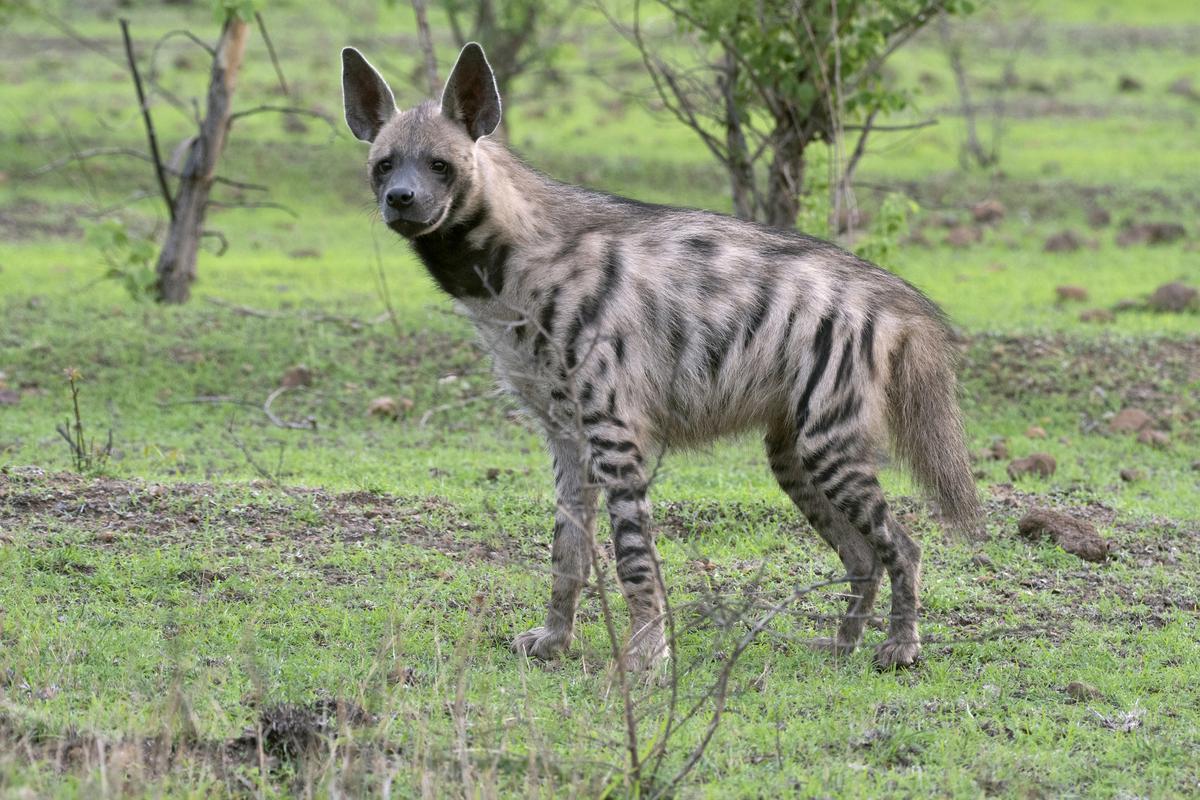
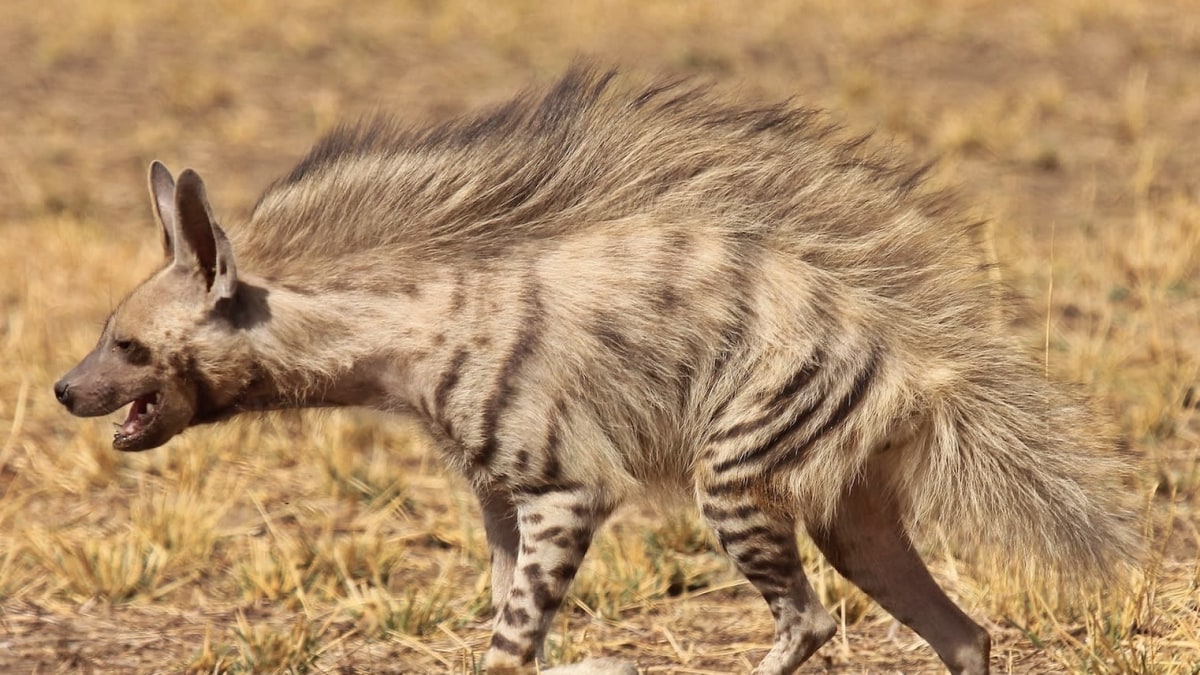
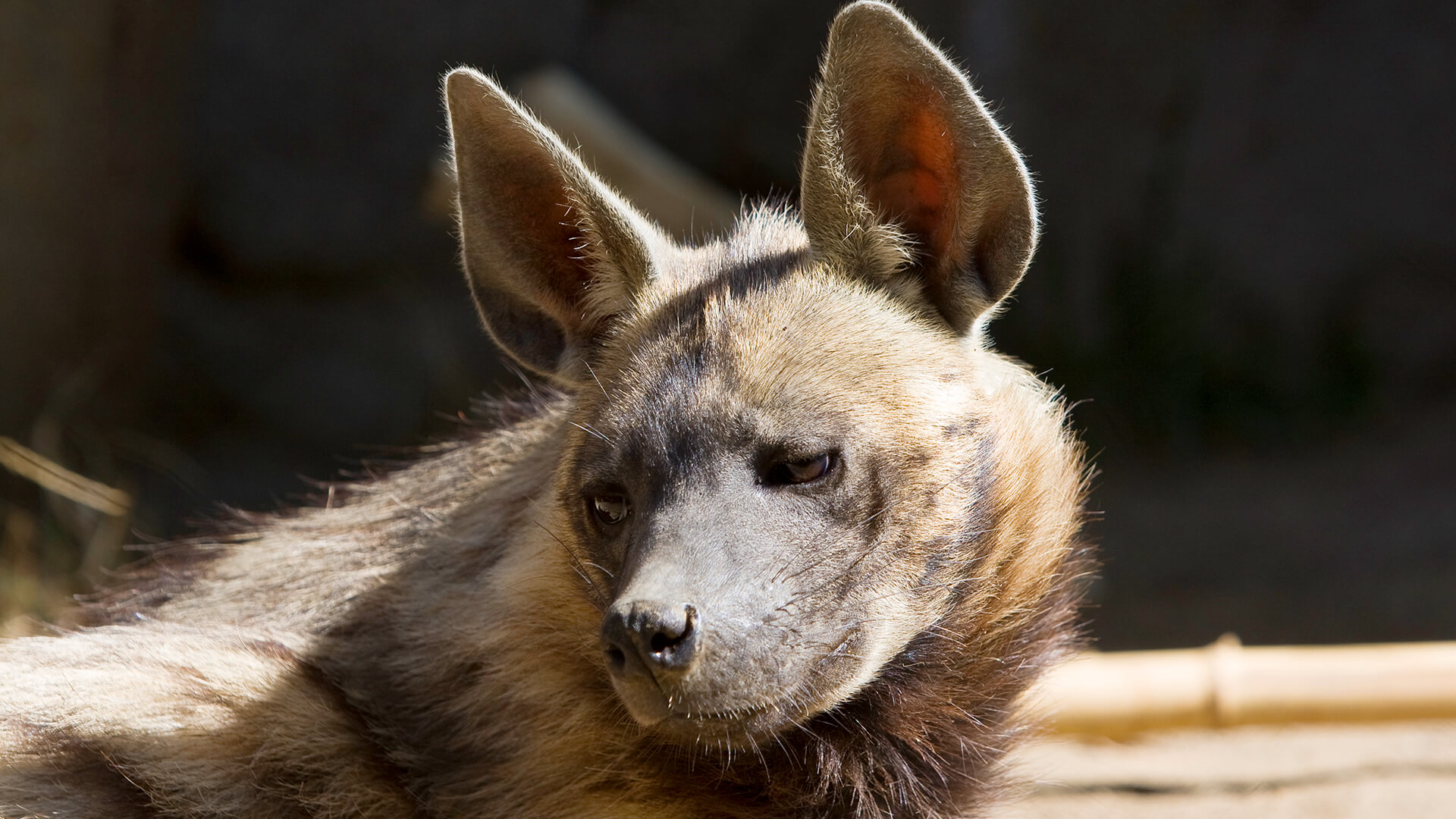
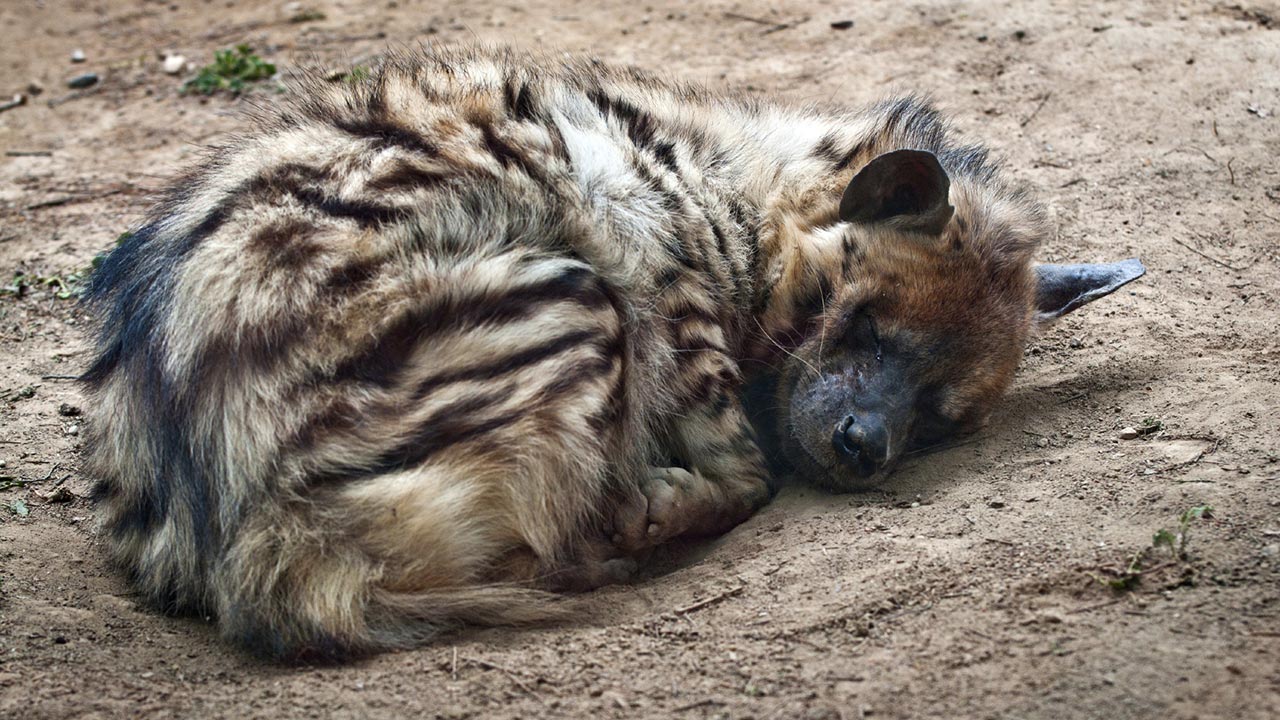
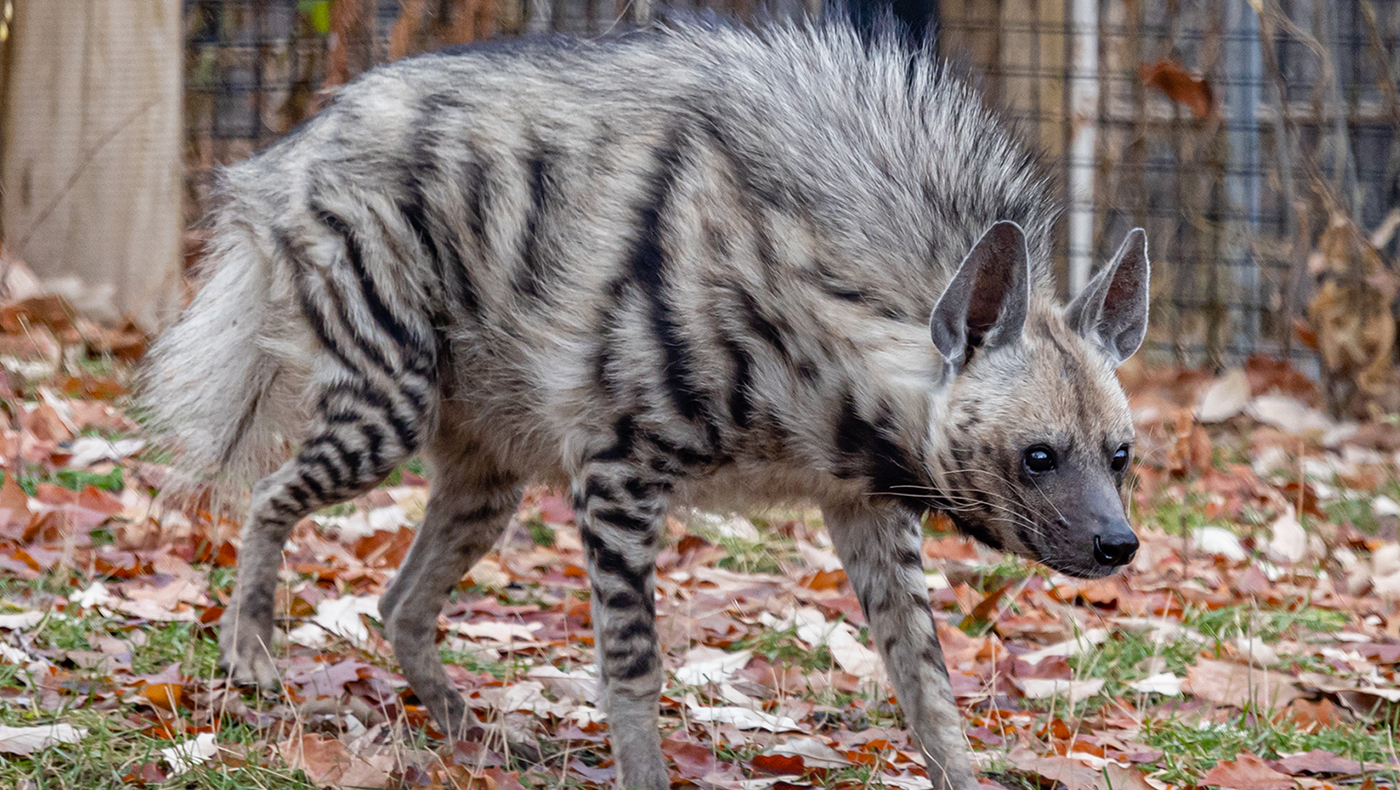
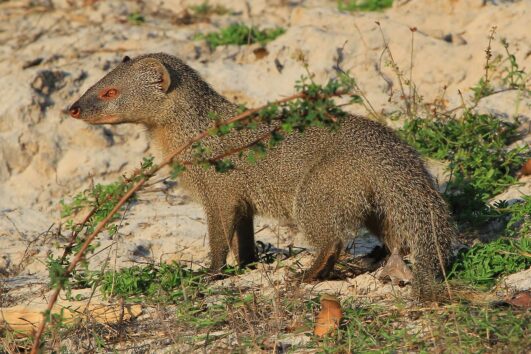
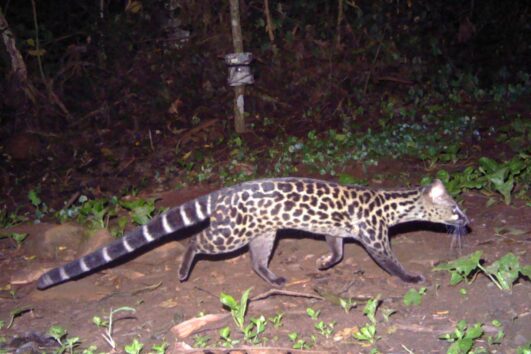
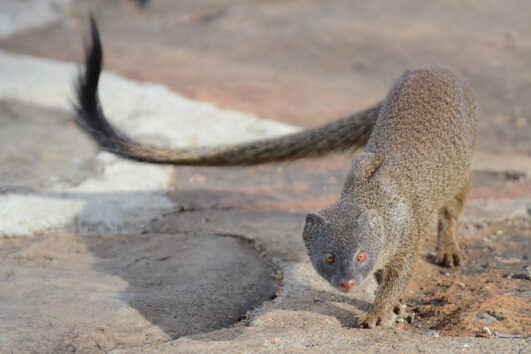
Tour Reviews
There are no reviews yet.
Leave a Review